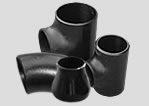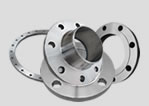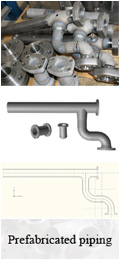What are the methods to detect the internal corrosion of stainless steel tees?
At present, magnetic flux leakage method and ultrasonic method are widely used to detect the internal corrosion of 4 Inch Stainless Steel Pipe Fitting Tee at home and abroad.
Ultrasound detection method uses the principle of pulse reflection of ultrasound to measure the thickness of the corroded tube wall: when testing, the probe emits ultrasonic pulse vertically to the inner wall of stainless steel pipe fitting tee. The probe first receives the reflection pulse from the inner surface of the pipe wall, and then the ultrasonic probe receives the reflection pulse from the outer surface of the pipe wall. The distance between the reflected pulses on the inner surface reflects the thickness of the pipe wall.
The basic principle of magnetic flux leakage method is based on the high permeability of ferromagnetic materials. The permeability at the corrosion defect of the stainless steel tee is far less than that of the stainless steel tee. The stainless steel tee is magnetized under the action of external magnetic field. When there is no defect in the stainless steel tee, most of the magnetic lines pass through the steel tube, and the magnetic lines are evenly distributed. When there are internal defects, the magnetic line bends, and some of the magnetic line leaks out of the surface of the steel pipe. The defect can be judged by detecting the leakage flux from the magnetized stainless steel tee surface.
previous page:Corrosion resistance of stainless steel elbow
next pageHeat treatment technology of stainless steel reducer











